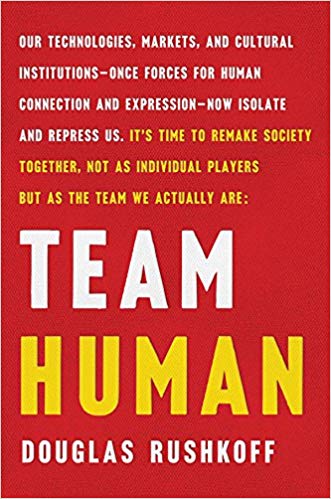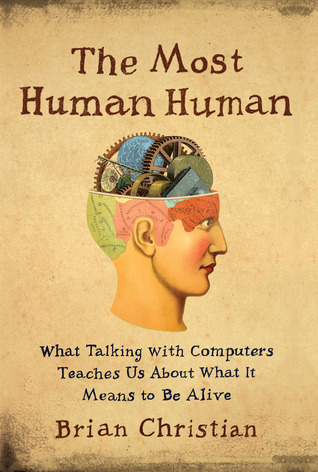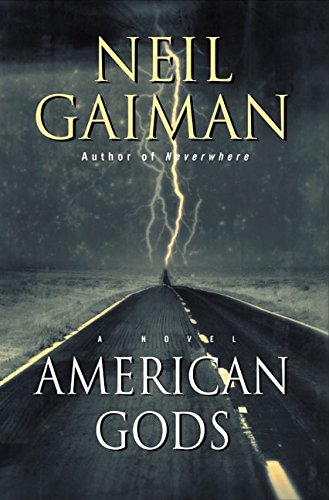My first instrument was a small Casio keyboard that I got for Christmas when I was maybe three or four. It had a small ROM cartridge that plugged into it with some songs on it that you could play. The keys, there were maybe three or four and half octaves or so, had small lights on them that would light up when you needed to press them, and you could play along with the songs in this manner. It’s been so long that I have forgotten what it had on it, I think one of them might have been Flight of the Bumbleebees or Dance of the Sugar Plum Fairy. Jingle Bells was one of them, for sure. I didn’t get much more serious with it.
When I was in first grade I wound up in the school orchestra, playing violin. I’m not quite sure what happened, but according to my dad I lost the instrument or something, so that was the end of that.
When I was about fifteen, my best friend Thomas showed me his inheritance from his grandfather, a 1950-something model Gibson hollow-body. At some point, Tommy asked me if I wanted to start a band, and I was like ‘hell ya’. I asked my dad if I could get a guitar, and he gave me some lame, dad-like excuse that I was going to my grandmother’s for the summer and needed to save my money. So off I went on a plane with my little brother for the summer, and when we got picked up by my grandmother, she asked what I wanted to do.
“I want to buy a guitar.”
I spent most of that summer watching MTV, trying to pick up as much as I could by watching More Than Words, Nothing Else Matters, and Mama I’m Coming Home on constant rotation. And that began a life-long love affair with the guitar that has had its ups and down and remains somewhat cool to this day. I dare say I’m decent enough at it, having taught myself and learned enough over the years that I can teach myself pretty much any song that I want to. Not that I’m the best technical player, but I can pass a decent solo if I put my mind to it. And I can sing and play, so I’ve had a lot of fun over the years as a front man with a band or as solo performer.
One thing that has always bothered me is that I’ve never been able to read sight music. Guitar players have tablature, which is basically play by numbers, and I’ve always been good at using that to learn whatever I couldn’t pick up by ear. But put a piece of sheet music in front of me and I’m dead. I once tried out for the local art school when I was in high school, but I got too frustrated during the audition and gave up.
A few years ago, after getting more into electronic music production, I bought a 61-key keyboard and started trying to teach myself a few songs. I picked up a couple books and printed out sheet music to some stuff I wanted to play, and started learning how to play by reading the scores. I dare say I was able to teach myself Fur Elise, all of it mind you, not just the theme, but the two breaks with all the technical runs and everything. But the keyboard got stored away to make room for my other hobby du jour, and everything I new drained away.
I still play the guitar, and even bought a small ukulele for the girls, and about all they can do with it is open strum it and sing. I’ve tried teaching them how to fret the strings, but so far, no good. So I figured I’d break the keyboard out of the closet and let them start playing with it. Dare say I was greatly disappointed with how little I had remembered. But the girls took to it like a new toy and all.
The only question was how to drive their learning. As I expected, there’s an app for that, and after a bit or research bought a month of Playground Sessions, and have been letting my oldest play with that. It’s a game, basically, and of course I wanted to use it to. The problem is that the subscription is single-profile only, and I didn’t want to go in there and blow through all the basic lessons and complete her work for her. So yesterday I ran through the demo of Flowkey, which is much different from Playground. A quick review:
Playground Sessions is a much more sophisticated app. It has more of a traditional sheet music view, and there’s a couple options for speed, and whether the notes or finger positions appear above the score. The lessons have accompaniment, and it plays through, marking on the score where you hit the correct note, and it gives you a score based on your accuracy. Eighty percent is passing, and each ‘lesson’ has four or five sections that build on each other before a challenge section. My daughter is obsessed with the accuracy score, wanting one-hundred percent before moving on. I try to get her to move forward, progress by resting before coming back, else she gets to frustrated.
The PS subscription includes a number of free song credits per month. There are multiple versions of songs based on skill level, and they’ve got backing tracks accompianning them. They’ve even got Old Town Road, which was a must-get for my kids. All of the classical music is free, but I was disappointed that the top level of the advanced-hard songs were still simplified compared to the actual scores.
Flowkey, on the other hand, is a bit more pared down app, but is superior in other ways. Now first off, its web based, which is cool, but makes progressing through the lessons a pain. Even the first lesson, which is When the Saints Go Marching In, requires you to load 4 different lessons to learn about four bars at a time, before trying the whole thing. Needless to say, I didn’t spend much time messing that that.
Where Flowkey really shines, though, is that they unlock the entire music library after you go Premium. And this is the real deal. Now, like Playground, the popular music follows a modified score that incorporates the vocal melody in it. I would rather have the full score, actually, but that’s a minor quibble. Instead of showing several lines of staff and playing through it like a metronome, Flowkey has one continuous line of staff. The top screen shows a performer playing through it, with graphic aids to show exactly which keys are being pressed. This is both useful and inspiring. Flowkey doesn’t have the fingering numbers like PS, so it’s useful to figure out where to put you hands or how to switch between several chords in succession. And Flowkey has a wait mode, so that it will pause until you find the right note.
And I love just watching the performers on some of the more challenging pieces. It’s hard not to be impressed with Let It Go, forget it. And I was grinning ear-to-ear watching the score and hands whizzing by the keyboard for Bohemian Rhapsody.
Overall, I’m not sure which one I like better. I think Playground Session has a better lesson structure, although it’s very metronomic, whereas Flowkey, well, flows better. It’s more human, rather than just grading you on accuracy. And having unrestricted access to all the songs instead of the limited mode with Playground is nice. (PS has the entire library unlocked for annual subscribers, although not lifetime… ??)
So for now the jury’s still out. I’ll see if my daughter maintains interest in it for now, we’re about a week or two into it, and she still hasn’t gotten through the right-hand lesson. This dad, though, is having fun.
And I might just learn to sight read yet.








